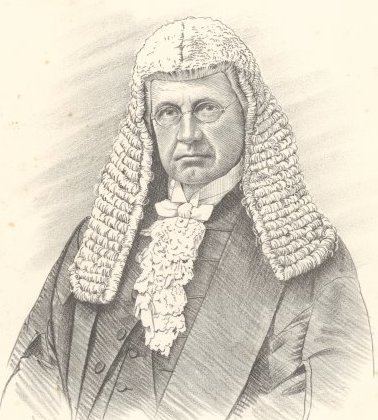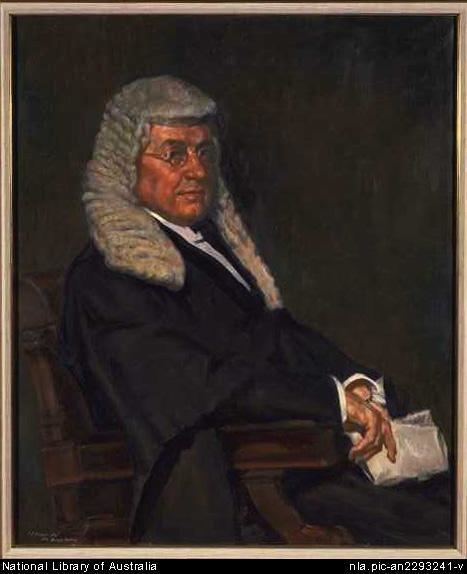Succeeded by Isaac Isaacs Role Justice | Name Adrian Knox | |
 | ||
Appointed by Ronald Munro Ferguson, 1st Viscount Novar People also search for George Rich, H. B. Higgins, Hayden Starke, Charles Powers | ||
Deadlifts with adrian knox
Sir Adrian Knox KCMG, KC (29 November 1863 – 27 April 1932), Australian judge, was the second Chief Justice of the High Court of Australia, sitting on the bench of the High Court from 1919 to 1930.
Contents

Education
Knox was born in Sydney on 29 November 1863, the son of English migrant parents who owned the Colonial Sugar Refining Company. Knox was educated first in Sydney, and then in the United Kingdom, attending Harrow School and Trinity College, Cambridge, where he graduated with a Bachelor of Laws in 1885. Shortly after, he was admitted to the Inner Temple, one of the Inns of Court in which English barristers are called to the bar.
Legal career
Knox returned to Australia in 1886 and joined his brother George in practising law. When George died in 1888, Adrian took over the practice, and soon became one of the most successful lawyers at the Sydney bar. Between 1888–90, he reported equity cases for the New South Wales Law Reports.
In 1894, Knox was elected to the New South Wales Legislative Assembly, in the (no longer existing) seat of Woollahra. After being reelected in 1895, Knox retired from the parliament in 1898. At this time, he was also a director of the Australian Mutual Provident Society and a founding member of the Walter and Eliza Hall Trust.
Knox was made a King's Counsel in 1906, and shortly after was offered a position on the bench of the Supreme Court of New South Wales, which he declined. Also in 1906, Knox became Chairman of the Australian Jockey Club, indulging his passion for horse-racing. In 1910, Knox's horse "Vavasor" won the Sydney Cup. He remained Chairman until 1919. During World War I, Knox left his practice and traveled to Egypt, where he served as a Commissioner for the Red Cross. He served on the NSW Bar Council from its foundation in 1902 until 1910, and again from 1916 to 1919.
Judicial career
Soon after Knox returned from Egypt, Sir Samuel Griffith retired as the first Chief Justice of the High Court of Australia, and in October 1919, Prime Minister Billy Hughes nominated Knox for appointment as the second. He was appointed to the Privy Council in 1920. Knox sat on a number of judicial committees in this capacity, including one which investigated the British Government's authority to establish the Boundary Commission for Northern Ireland. During his time as Chief Justice, Knox presided over such significant cases as the Engineers' case of 1920.
Knox was one of six justices of the High Court to have served in the Parliament of New South Wales, along with Edmund Barton, Richard O'Connor, Albert Piddington, Edward McTiernan and H. V. Evatt.
In 1930, Knox was left half of the estate of his friend and mining magnate John Brown, which was reportedly worth more than a million pounds, and in March 1930 he retired from the High Court in order to manage this business. Knox died in Woollahra on 27 April 1932 and is interred in Waverley Cemetery. He was survived by his wife and three children.
Honours
In 1918, Knox was made a Companion of the Order of St Michael and St George (CMG), and in 1921 he was elevated to Knight Commander of that order (KCMG). Knox was an inaugural inductee of the Australian Racing Hall of Fame, which was established in 2001. The Adrian Knox Stakes is an AJC Group 3 Australian Thoroughbred quality handicap horse race named in honour of Knox which is held annually at Randwick Racecourse in Sydney in September
